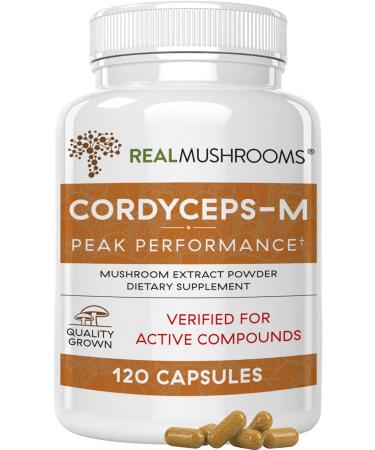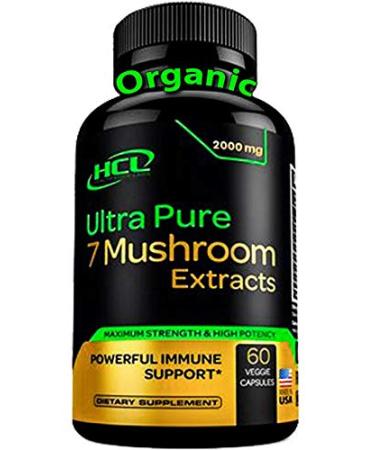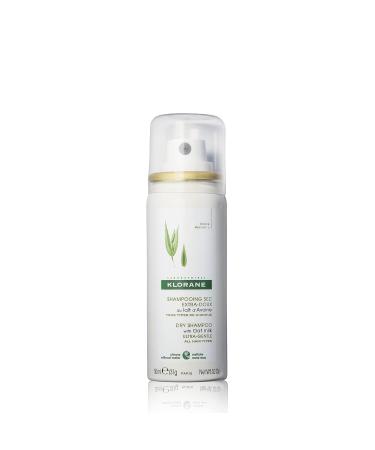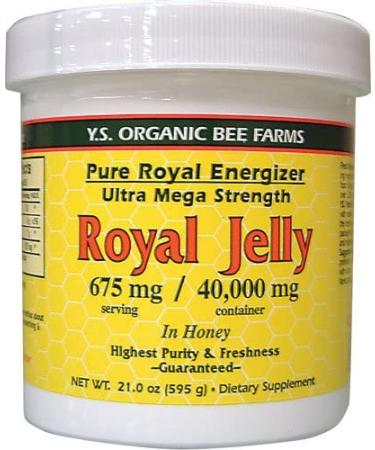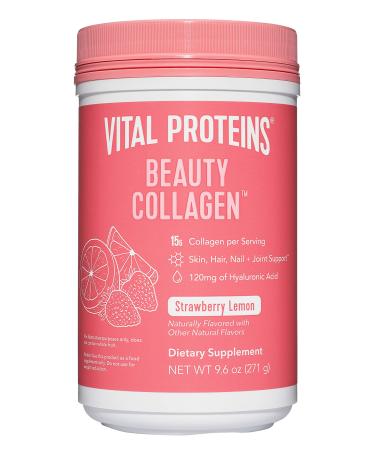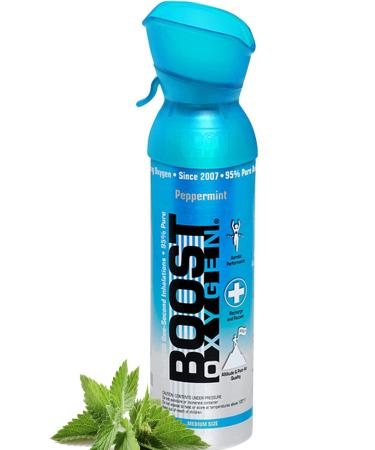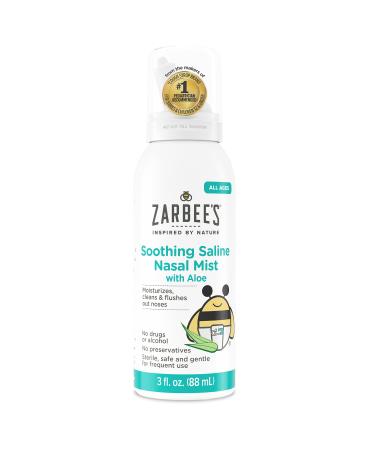Ultra Cordyceps contains a strain of pure cultivated Cordyceps sinensis recognized by the Chinese government as very similar to wild Cordyceps sinensis. Highly valued in China as a food and tonic, wild Cordyceps is an exotic fungal complex found at very high altitudes in a mountainous region of China known as the Qinghai-Tibetan Highlands. Also called 'Chinese caterpillar fungus,' wild Cordyceps grows on, and derives nutrients from, several species of caterpillars. As wild Cordyceps is rare and difficult to harvest due to its harsh growing environment and limited occurrence in nature, commercial cultivation of the fungal complex began in the early 1980s, making it readily available for research. Results from trials of over 2,000 participants in China determined that cultivated Cordyceps was very similar to wild Cordyceps in terms of effects on energy and parameters of health.1 Ultra Cordyceps contains an award-winning strain of cultivated Cordyceps mycelia standardized by HPLC for consistent potency. It contains a minimum level of 8% cordycepic acid (D-mannitol), an important bioactive compound. In addition to cordycepic acid, biochemical analysis of Cordyceps sinensis has revealed many other active constituents: polysaccharides, nucleosides (including the adenosine derivative cordycepin), sterols, amino acids, and trace elements.2, 3.
Ginkgo Biloba Extract
Ginkgo is a large tree that has thrived on the earth since before the last Ice Age. Ginkgo extract has been used for thousands of years in Ayurvedic and traditional Chinese practices towards promoting heart, lung, and brain health; research of the past few decades has provided scientific rationale for this rich history of use.4 The active compounds in ginkgo leaf extract are terpenoids, such as the lactones ginkgolides and bilobalide, and flavonoids. The Ginkgo biloba extract in Ultra Cordyceps Plus is guaranteed to contain no less than 24% flavone glycosides and 6% terpene lactones.
Artichoke Leaf Extract
Artichoke leaf contains various organic acids, including cynarin. The artichoke leaf extract in Ultra Cordyceps Plus supplies 2% to 5% cynarin.
Benefits
The historical use of Cordyceps as an anti-aging herb in traditional Chinese practices dates back to 1700 BCE. During China's Chin Dynasty, one emperor is said to have paid an ounce of gold for a three-day supply of the precious fungus. Tibetan scholars recorded detailed descriptions of Cordyceps in 15th and 18th century texts. Cordyceps was introduced to Europe at a scientific meeting in Paris in 1726, and was first imported to Japan in 1728.
Due to its wide range of biological actions, it has been used against fatigue, to escalate vitality and sexual health, to promote longevity, and to support the health of the lungs, the kidneys, the liver, and the cardiovascular system.3, 5 Cordyceps is known as a 'kidney tonic' in traditional Chinese practices, where the kidneys constitute a functional organ system that stores vital energy (or 'Jing'). This is significant because under this tradition, Cordyceps is regarded as both 'Yin-nourishing' and 'Yang-invigorating' for a very balancing effect on many facets of human physiology, from sensitivity to cold to respiratory health.1 Science has confirmed the utility of Cordyceps for many purposes, including its anti-fatigue & anti-stress properties 6.
Immune Response Support.*
Results of many preclinical studies suggest that Cordyceps promotes balanced immune cell function. Among the most interesting of these studies was one that investigated the ability of Cordyceps to differentially modulate the activities of different dendrite cell stages-key to balancing control of the homeostatic steady-state of the our immune system. These results suggested that Cordyceps bolsters immune function where necessary, yet suppresses over-reactive immune responses.7 Other immune function results reported by Cordyceps researchers include elevation of natural killer cell activity, intestinal T-cell activation, and activation of signaling molecules that support the production of healthy immune proteins.8, 9.
While scientists often strive to isolate individual compounds in a naturally occurring complex like Cordyceps to determine which is responsible for certain biological actions, this process can ignore the fact that different components in Cordyceps may have synergistic activity.2 One group of researchers found that when investigating the immune activity of different components of Cordyceps in mice, some polysaccharides could impact the phagocytic function of monocyte-macrophages, while others could enhance immune response differently. In more recent in vitro work, polysaccharide fraction from mycelia of Cordyceps not only promoted macrophage phagocytic function, but also stimulated macrophage nitric oxide production (another tool used by these immune cells to maintain health) 10.
Antiradical Properties.*
In vitro studies have demonstrated that the polysaccharide content of Cordyceps is largely behind its free radical scavenging properties.11, 12 Although not yet clearly understood, the antiradical mechanism of polysaccharides could be the donation of hydrogen to break free radical chain reactions.13 Studies in rodents, in humans, and in the laboratory have demonstrated that Cordyceps can inhibit formation of MDA (malondialdehyde), a free radical byproduct, in the liver and possibly in the brain.3, 14 In mice, Cordyceps promoted cerebral antioxidant homeostasis and was shown to safeguarding the integrity of neuronal cells, which influenced neurobehavioral function.15 As in mice, cell membranes in the human brain are vulnerable to lipid peroxidation because of their high polyunsaturated fat content. Through animal and in vitro models of lipid peroxidation, Cordyceps has shown an ability to support the health and integrity of lipids in the face of free radical oxidation.3, 16.



